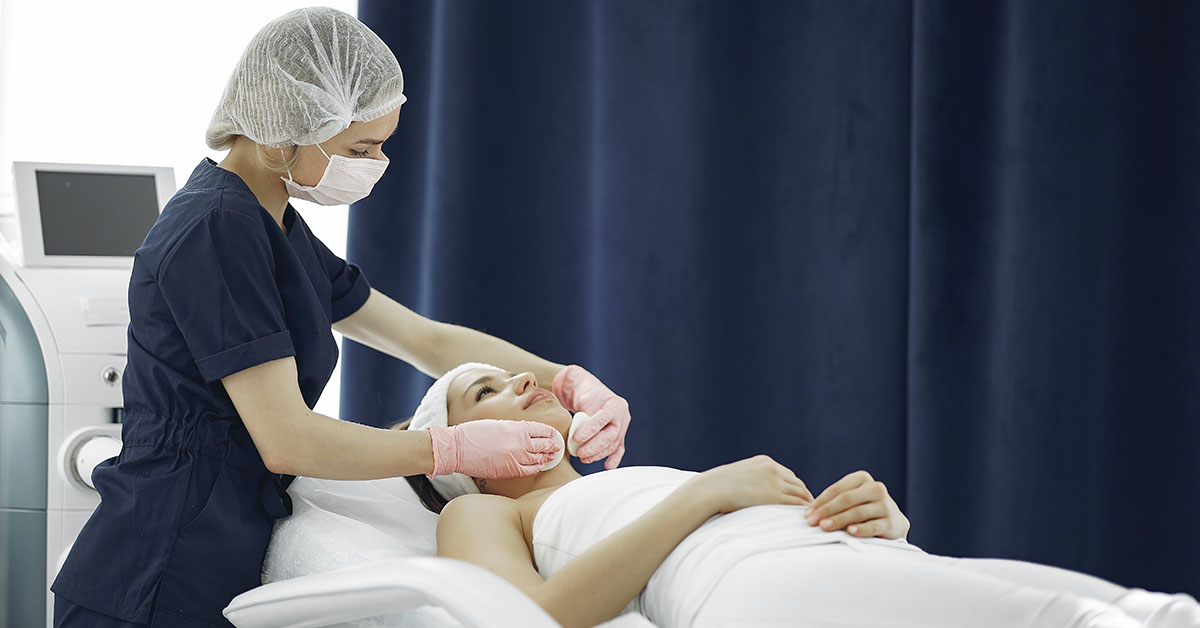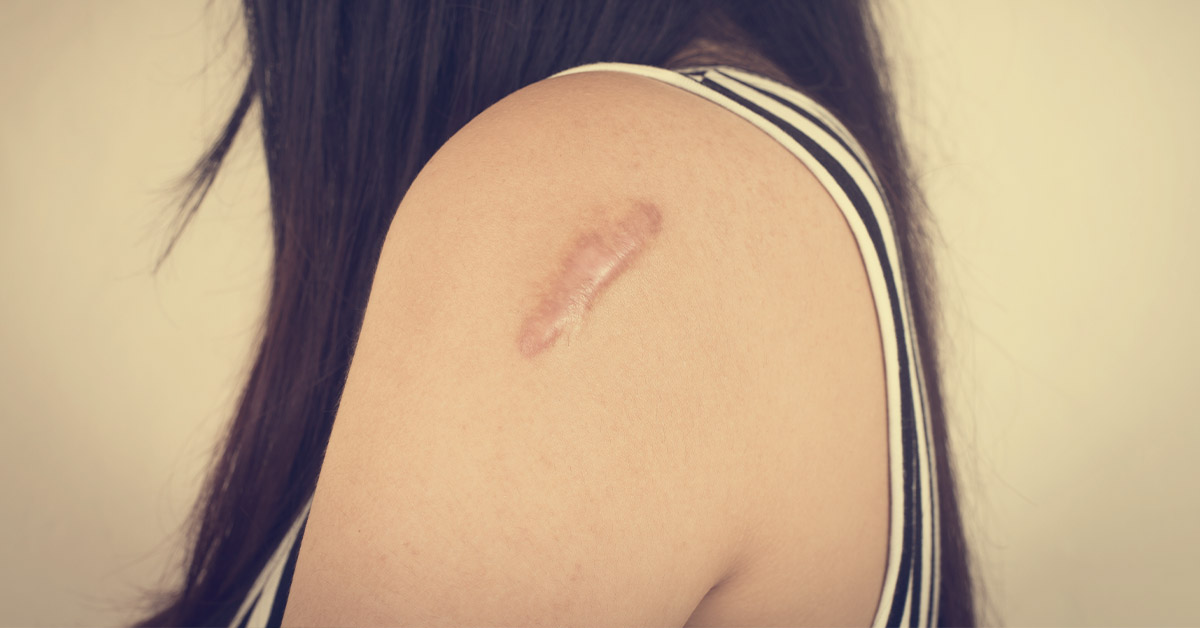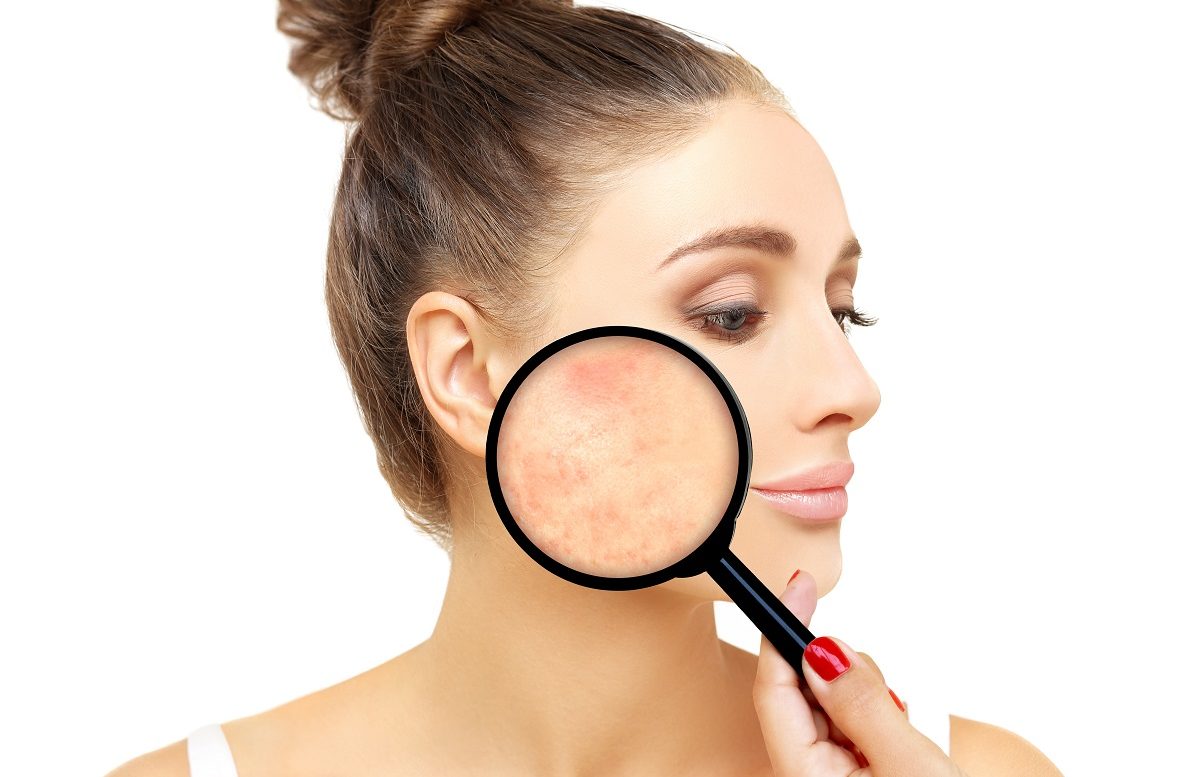Whether you suffered from severe acne breakouts that left numerous scars on your face or…

Old Scars: Treatment and Common Questions Answered
Skin scars are a regular and inevitable occurrence. Many live with old scars – whether from surgery, acne, or an injury – that can often be bothersome. Older scars can be challenging to treat, but with the right approach and dedication, there are ways to improve their appearance.
The scarring spectrum requires different approaches, from atrophic scars to hypertrophic ones. In today’s article, we’ll talk about the nature of old scars, explore the various treatments, and go through standard preventive measures that can be used to reduce the chance of scarring.
What Are Old Scars and What Do They Look Like?
Old scars are more than a year old and have gone through most of the healing process. They can appear in many forms, ranging from raised scar tissue to discolored patches of skin. When the deep layer of your skin is wounded, your body produces a healing protein called collagen fibers. This process serves to mend the damage, ultimately leaving you with scars.
It’s easy to recognize scars because of their unique texture and darker coloring than the rest of your skin. While accidents and injuries typically cause many scars, some are also caused by specific skin conditions, such as acne.
Scars are often categorized into four general types: atrophic, hypertrophic, contracture, and keloid scars.
- Atrophic Scars: Atrophic scars are caused by tissue loss, causing sunken skin surface areas. Common causes include severe acne and chickenpox. These scars are often pitted and appear as shallow depressions in the skin.
- Hypertrophic Scars: Hypertrophic scars are raised areas of scar tissue that form within the limits of the original wound. Common causes include surgery and trauma, but they can also be caused by acne or chickenpox.
- Contracture Scars: Contracture scars are caused by burns and can result in severe restrictions in movement. These scars typically affect the deeper layers of skin and can spread across large areas of your body. They appear tight and shiny and cause the skin to feel rigid.
- Keloid Scars: Keloid scars are raised, thickened scar tissue areas extending beyond the bounds of the original wound. Common causes include surgery, piercings, and cuts. They look like raised bumps and usually feel hard to the touch.
Can Scars Be Removed After Years Have Passed?
 It’s possible to reduce the appearance of old scars, but it’s important to understand that complete removal is usually not possible. The older a scar is, the more difficult it becomes to treat it due to its age and the fact that your body has begun to adjust itself around it.
It’s possible to reduce the appearance of old scars, but it’s important to understand that complete removal is usually not possible. The older a scar is, the more difficult it becomes to treat it due to its age and the fact that your body has begun to adjust itself around it.
If you have an old scar that is raised, it may also be more challenging to flatten it out compared to a new wound with the same characteristics. That’s because your body has much more time to adjust to the scar.
However, there are still ways to improve their appearance and feel. Various treatments exist that can reduce the appearance of your old scars. Although, results will vary depending on the type and age of the scar.
What Are The Best Treatment Options for Old Scars?
Below are some of the most common options for treating old scars.
- Topical Treatments: Various topical treatments, such as creams and ointments, can help reduce old scars. These often contain ingredients like vitamin E and silicone gel, which help to soften the skin and improve its texture.
- Laser Therapy: Laser therapy is a popular treatment for old scars. It uses focused beams of light to reduce the visibility of a scar by breaking down the damaged tissue and stimulating collagen production, replacing it with healthier skin.
- Microdermabrasion: Microdermabrasion is a procedure that involves using tiny crystals to exfoliate the skin and remove the top layers of damaged tissue. This can help reduce the appearance of older scars, particularly those caused by acne or chickenpox.
- Injections: Injections, such as corticosteroids or collagen-stimulating substances, may also reduce the appearance of old scars. These injections can help reduce the scar’s size and make it less visible.
- Surgery: Surgery is used to remove old scars or reconstruct tissue in areas where the scar has caused skin contractures. This surgery typically involves removing damaged tissue, then using skin grafts to rebuild it.
- Cryotherapy: Cryotherapy is a procedure that involves freezing the scar tissue with liquid nitrogen. This can help to reduce the appearance of older scars and make them less visible.
Although these treatments may improve the appearance of old scars, it’s essential to remember that each person responds differently, and results may vary from one treatment to another. Success is generally based on a variety of factors, such as:
- Overall health, age, and medical history
- The type and placement of a scar
- Severity and symptoms of the scar
- Specific medications and history of treatments
Discussing your concerns with a qualified healthcare practitioner is the best way to determine your proper treatment. They can assess your condition and make recommendations based on their expertise.
Common Questions About Old Scars
 Can you flatten old scars?
Can you flatten old scars?
Yes, it’s possible to flatten old scars. Modern treatment has made it possible for most hypertrophic or raised scars. Corticosteroid injections, silicone gels/sheets, cryotherapy, and pressure dressings are generally considered effective options for flattening raised old scars.
Do burn scars go away?
It depends on the type of burn the skin was exposed to. First-degree burns can heal on their own with little to no scarring. Second-degree burns are known to start healing within two weeks, and their scars tend to fade with time.
Third-degree burns take months and years to heal completely. These burns will leave behind severe scars that are more challenging to remove. Pressure dressings and skin grafts are standard options for improving burn scars.
Can old scars be removed naturally?
Most scars generally heal and recover independently without any major medical intervention. However, there are various home remedies people use to help speed up the healing process. Examples of popular home remedies for scars are:
- Honey
- Lemon,
- Coconut Oil
- Aloe Vera Gel
- Vitamin E Oil
- Apple Cider Vinegar
While people will swear by the effectiveness of these home remedies, it’s still better to consult a medical professional before applying anything new to your skin to avoid irritation or unintended side effects.
There Is Always An Option
Be aware that most scar treatments take time, and it may take several weeks or months to see visible results. Patience and consistency are essential when it comes to treating old scars. With the proper treatment, you can reduce their appearance and feel more confident in your skin.
Vargas Face & Skin Center is a nationally recognized cosmetic surgeon and skin care specialist that provides innovative cosmetic procedures. Contact us today to schedule an appointment and discuss treatment options for your scars.





